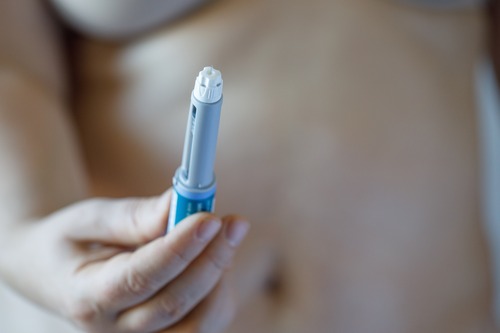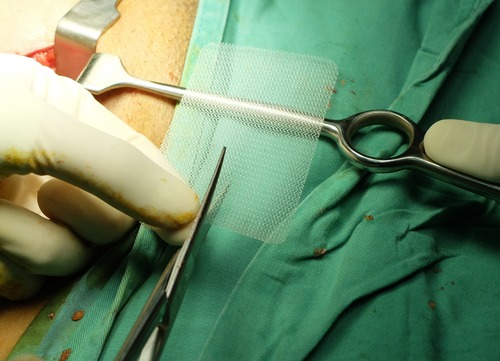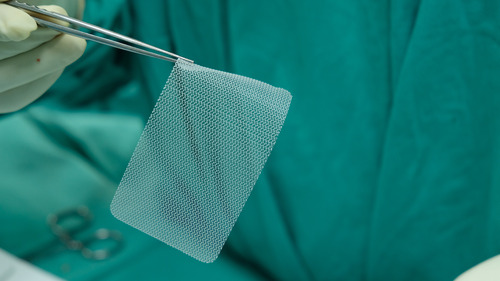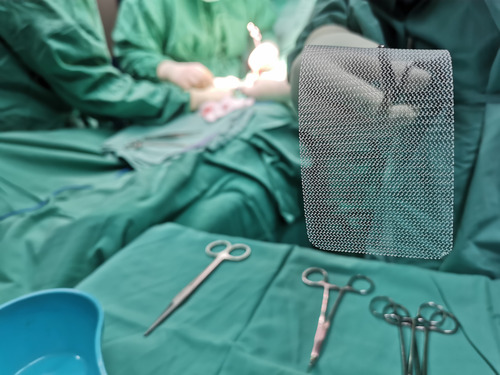Paragard is a non-hormonal intrauterine device (IUD) that is used for long-term birth control. It can prevent pregnancy for up to ten years and has been on the market since the late 1980s. It is generally thought to be safe and effective. However, a growing number of women allege that the product they received was defective and they were harmed when the device was removed. Many are filing lawsuits against the manufacturers. If you are among those who believe they have suffered harm because of Paragard, you should contact a class action lawyer for advice.
How Paragard Works
Teva Pharmaceuticals was the original manufacturer of the Paragard IUD) but they sold the product to Cooper Surgical for $1.1 billion in 2017. Unlike other IUDs, Paragard doesn’t use the hormone progestin to prevent fertilization. Instead, it features a copper coil attached to a plastic base.
When inserted into the uterus, the coil dissolves slowly over a ten-year period. The release of copper prevents the sperm from moving and reaching the egg. Though intended to be a long-term form of contraception, the Paragard IUD can be removed at any time a woman desires. It is supposed to remain intact while in use and during removal.
The base of the IUD has two plastic T-shaped arms that keep it in place. It also has a thread that hangs from the base into the vagina. When it’s time to remove it, the doctor should simply locate the thread and pull the device out. The arms are flexible and they should bend upward so the device can be pulled through the cervix. However, it is alleged that some Paragard IUDs have a design defect that causes them to break inside the body during removal.
It is believed that the plastic in the arms gets brittle and hard after being inside the body for several years. Therefore, they don’t bend upward as they should. Instead, when the doctor tries to remove the IUD, one or both of the arms break and fragment inside the patient’s body.
Injuries Caused by Fractured Paraguard IUDs
When an IUD’s arms break off, the individual in whom it was implanted can receive several internal injuries. The pieces often become embedded in the uterine wall, leading to severe, chronic pain. The fragments can also puncture the wall of the uterus and cause additional harm including pelvic inflammatory disease. The patient may also experience vaginal bleeding, infection, and infertility.
Unfortunately, doctors often find it difficult to safely remove IUD fragments. The first course of action is to locate and remove the pieces during a procedure called a hysteroscopy. This is when a small device with a camera is inserted through the cervix and into the uterine cavity to try to get the broken pieces. The procedure is not usually successful if the pieces have already become embedded in the uterine wall.
The only other options are invasive, painful, and potentially life-altering: surgically opening the uterus or performing a hysterectomy. The latter leaves the woman permanently infertile. Surgeries to remove IUD fragments can also lead to damage to the cervix or tearing of the uterus.
What to Do If Your IUD Broke During Removal
If you had a Paragard IUD inserted and it fractured while it was being removed, you may be entitled to compensation for any injuries that occurred. Your IUD isn’t supposed to cause injuries. If it did, this may be indicative of a defective product, and the manufacturer can be held liable. You need to reach out to an attorney to find out about the next steps.
A number of individual lawsuits have been filed in the federal court system. In September 2021, a multi-district litigation lawsuit was created. All the Paragard cases in federal court were transferred to the Northern District of Georgia before Judge Leigh Martin May. As of November 2021, there were more than 600 lawsuits in the MDL despite a motion to dismiss filed by the defendants.
Contact the Class Action Lawyers Coalition to Discuss Your Options
If your Paragard IUD broke or fractured during removal, you may be eligible for compensation. Contrary to what some people believe, a product doesn’t need to be recalled in order for you to get compensation. Your injuries were not your fault and the liable party should have to pay. Contact us today to discuss your case. We’ll answer your questions, inform you about your rights, and advise you on whether you can or should join a class-action lawsuit.







